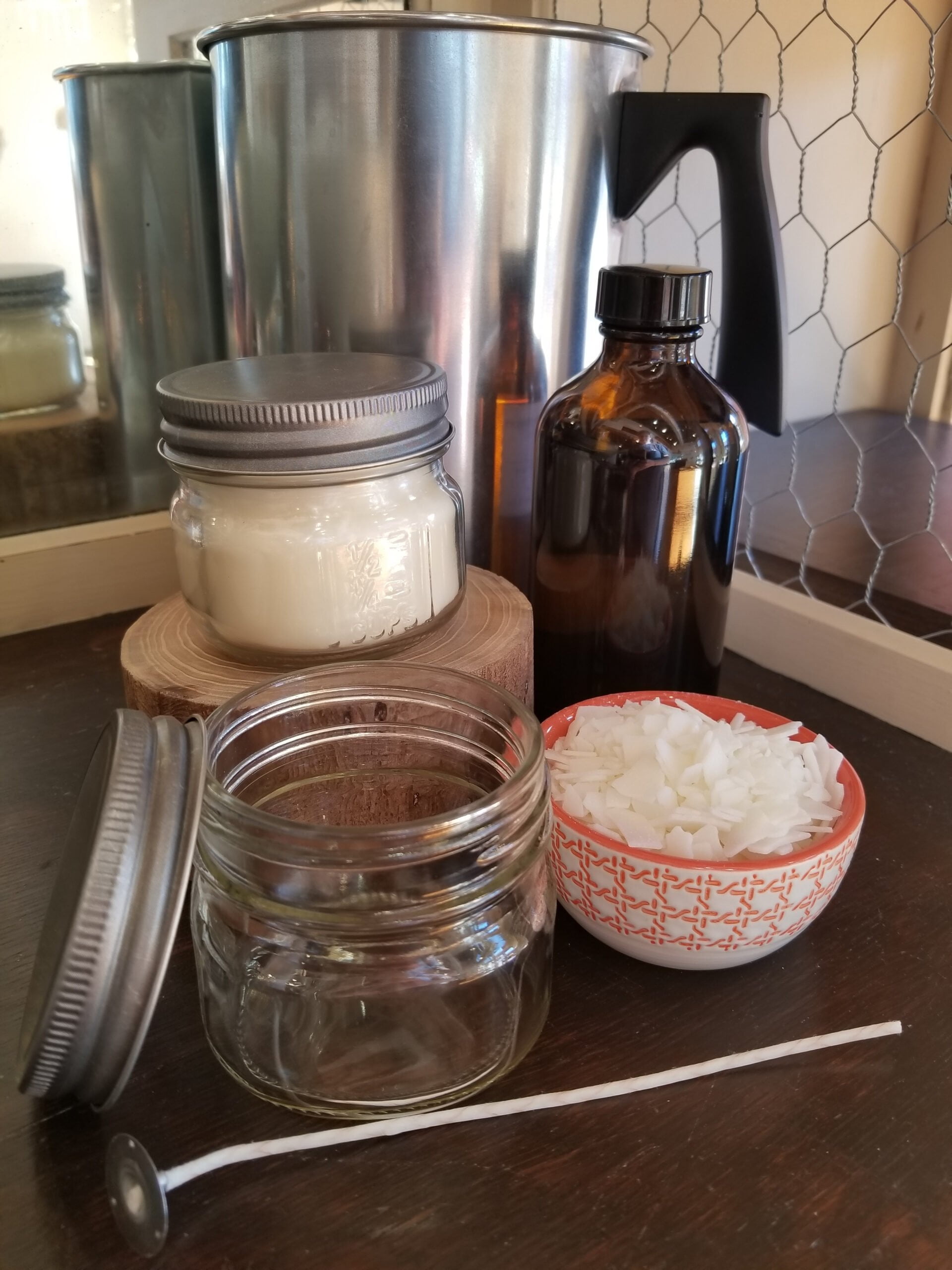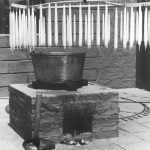When making a pillar candle, it is crucial to use the right type of wax to ensure a high-quality and long-lasting product. The choice of wax plays a significant role in the overall performance of the candle, including its burn time, scent throw, and appearance. In this article, we will explore the importance of using pure wax in pillar candle making and how it contributes to creating a superior final product.
Pillar candles are one of the most traditional and versatile types of candles, known for their cylindrical shape and ability to stand alone without any container. They are often used for decoration or as part of religious or spiritual practices. The type of wax used in making pillar candles is crucial as it determines various factors such as the texture, burning characteristics, and fragrance release of the candle.
Understanding the different types of wax available for candle making is essential when it comes to creating high-quality pillar candles. In this article, we will delve into the benefits of using pure wax for this purpose and provide tips on how to identify if the wax you are using is indeed pure or if it has been mixed with other additives.
Furthermore, we will also offer a step-by-step guide on how to make a pillar candle using pure wax while emphasizing the importance of selecting the right wicks for optimal performance. Let’s dive into the world of pillar candle making and discover why using pure wax is essential for crafting top-notch candles.
Understanding Different Types of Wax
When it comes to making pillar candles, the type of wax used is crucial in determining the quality and performance of the final product. There are various types of wax commonly used in candle making, each with its own unique characteristics and benefits. It is important to understand the differences between these waxes in order to make an informed decision on which type to use for your pillar candles.
Here are the different types of wax used in candle making:
- Paraffin Wax: This is one of the most widely used waxes in candle making due to its affordability and ease of use. It has good scent throw and provides a smooth, glossy finish to pillar candles.
- Soy Wax: Derived from soybean oil, this natural wax is biodegradable and renewable. Soy wax pillar candles burn cleaner and longer than paraffin candles, making them a popular choice for environmentally conscious consumers.
- Beeswax: Known for its natural honey-like aroma, beeswax is a premium choice for pillar candles. It has a high melting point, which results in a longer burning time and minimal dripping.
- Palm Wax: Made from sustainable palm oil, this type of wax creates unique crystalline patterns on pillar candles when properly cooled. It has excellent fragrance retention and a clean burn.
In order to achieve high-quality pillar candles with optimal burn time, scent throw, and aesthetic appeal, it is recommended to use pure wax rather than blended waxes that contain additives or fillers. Pure wax allows for better control over the quality of the candle and ensures a cleaner burn with minimal soot or smoke residue.
When choosing the type of wax for your pillar candles, consider the specific qualities and benefits of each option listed above. Depending on your priorities for burn time, scent throw, environmental impact, and visual aesthetics, you can select the most suitable wax for your candle making project. Ultimately, using pure wax will contribute to creating premium-quality pillar candles that meet or exceed expectations in terms of performance and appearance.
Benefits of Using Pure Wax
When it comes to making pillar candles, the type of wax used can have a significant impact on the quality and performance of the final product. One of the best options for creating high-quality pillar candles is using pure wax.
Pure wax, whether it’s paraffin, soy, beeswax, or palm wax, offers numerous benefits that contribute to a superior candle burning experience. In this section, we will delve into the advantages of using pure wax in pillar candle making, such as achieving a cleaner burn, longer-lasting candles, and a better scent throw.
Cleaner Burn
One of the primary advantages of using pure wax in pillar candle making is achieving a cleaner burn. Pure wax burns more cleanly compared to waxes with additives or impurities. This means that there is less soot produced during the burning process, resulting in cleaner air quality and minimal residue left on surfaces near the candle.
Longer Lasting
Another benefit of utilizing pure wax for pillar candle making is that it tends to result in longer-lasting candles. Pure waxes are known for their excellent burning properties, allowing the candle to last for an extended period without deteriorating in quality. This makes them ideal for creating durable and reliable pillar candles that can be enjoyed for an extended duration.
Better Scent Throw
Pure wax also offers a better scent throw compared to waxes with additives or fillers. The natural composition of pure wax allows it to hold and release fragrance oils more effectively, resulting in a more robust and long-lasting scent throughout the entire burn time of the candle. This makes pure wax an excellent choice for those looking to create scented pillar candles that fill a room with delightful aromas if making a pillar candle do you use pure wax.
How to Identify Pure Wax
When making pillar candles, it is crucial to use pure wax in order to achieve the best results. Pure wax offers numerous benefits, such as a cleaner burn, longer-lasting candles, and better scent throw. However, it can be challenging to determine whether the wax you are using is indeed pure or if it has been mixed with other additives. Here are some tips on how to identify pure wax for your candle making:
- Check the Ingredients: When purchasing wax for candle making, always read the label carefully to see what ingredients are listed. Pure waxes like soy or beeswax should only contain one ingredient – either soybean oil or beeswax. If the label lists multiple ingredients or additives, then the wax is likely not pure.
- Ask the Supplier: If you’re buying wax from a supplier, don’t hesitate to ask them about the purity of their products. A reputable supplier should be able to provide you with detailed information about the origin and processing of their waxes.
- Perform a Burn Test: One way to test the purity of your wax is by conducting a burn test. Simply light a small amount of the wax and observe how it burns. Pure wax should produce a clean, even flame without any excessive smoking or soot buildup.
Ultimately, if making a pillar candle do you use pure wax? Absolutely. Using pure wax is essential for creating high-quality pillar candles that burn cleanly and evenly while maximizing scent throw. By following these tips for identifying pure wax, you can ensure that your candles are made with the best possible ingredients for optimal performance and results in your candle-making endeavors.
DIY Pillar Candle Making Process
When it comes to making pillar candles, using pure wax is essential for achieving high-quality results. The process of making pillar candles with pure wax requires careful attention to detail and a step-by-step approach to ensure the best outcome. In this section, we will provide a comprehensive guide on how to make a pillar candle using pure wax, including the melting, pouring, and setting of the wick.
Melting the Wax
The first step in making a pillar candle with pure wax is melting the wax. It is crucial to use a double boiler or a dedicated wax melter to melt the wax gently and evenly. Avoid direct heat as it can cause the wax to scorch or burn. As the wax melts, it’s important to monitor the temperature with a thermometer to ensure it reaches the optimal melting point for your specific type of wax.
Pouring the Wax
Once the wax has melted completely and reached the desired temperature, it’s time to pour it into the mold. Whether you’re using silicone molds or traditional metal molds, make sure they are clean and prepared for pouring.
Slowly and steadily pour the melted wax into the mold, making sure to leave some space at the top for setting the wick later on. It’s important to pour at a steady pace to avoid air bubbles forming in the candle.
Setting the Wick
After pouring the melted wax into the mold, it’s time to set the wick in place. This is an important step that ensures proper burning and performance of your pillar candle. Use a wick holder or other method to keep the wick centered while the candle cools and hardens. Allow sufficient time for the candle to set completely before removing it from the mold.
By following these steps carefully and using pure wax in your pillar candle making process, you can create beautiful and long-lasting candles with excellent burn performance and scent throw. Proper technique and attention to detail are crucial in achieving high-quality results when working with pure wax in pillar candle making.
Choosing the Right Wicks
When it comes to making pillar candles, the type of wick used plays a critical role in the overall performance and burn quality of the candle. Choosing the right wick is essential to ensure that the candle burns evenly, consistently, and without any issues. Different types of wicks are designed for specific purposes, so understanding their characteristics and how they will interact with the chosen wax is crucial.
Cotton wicks are commonly used in pillar candle making due to their ability to provide a stable and consistent burn. They come in various sizes and styles, each suited for different candle diameters and compositions of wax. When using pure wax, it is important to select a wick that can effectively absorb and distribute the melted wax as it burns. This helps prevent tunneling or uneven burning, ensuring that the entire surface of the candle melts down evenly.
When using soy or beeswax as the primary ingredient for pillar candles, cotton wicks are generally recommended due to their natural properties that complement these types of wax. These wicks are often free from lead and other potentially harmful substances, making them a safer choice when creating pure wax candles.
When choosing a wick for your pillar candle, it is essential to consider the diameter of the candle, the type of wax being used, and any additional additives such as fragrances or colorants. The size and material of the wick will directly impact how efficiently it burns through the entire lifespan of the candle. Conducting tests with different wick sizes and materials can help determine which option best suits your specific pillar candle-making needs.
| Wick Type | Wax Compatibility |
|---|---|
| Cotton Wick | Suitable for pure wax, soy, beeswax |
| Wooden Wick | Best for soy-based candles |
| Zinc-Core Wick | Ideal for paraffin-based candles |
Troubleshooting Common Issues
When working with pure wax in pillar candle making, there are some common issues that may arise. One of the most frequent problems is the formation of air bubbles in the wax, which can result in an uneven and unattractive appearance of the candle. To overcome this issue, it is important to pour the wax at the right temperature and to tap the mold gently to release any trapped air before it sets.
Another common problem when working with pure wax is the cracking of the candle as it cools. This can happen if the wax has been poured at too high of a temperature or if it has cooled too quickly. To prevent this issue, it is recommended to pour the wax at a slightly lower temperature and to allow it to cool gradually in a warm room.
Furthermore, fragrance oil and colorants may sometimes cause issues when added to pure wax for pillar candles. If not properly mixed or if using low-quality additives, they can lead to poor scent throw and inconsistent coloring. To avoid these problems, always use high-quality fragrance oils and colorants designed specifically for candle making, and follow the recommended usage rates.
| Common Issue | Solution |
|---|---|
| Air bubbles in wax | Pour wax at a proper temperature and tap mold gently before setting. |
| Cracking of candle | Pour wax at a slightly lower temperature and allow to cool gradually. |
| Fragrance oil and colorant issues | Use high-quality fragrance oils and colorants designed for candle making. |
Conclusion
In conclusion, the type of wax used in making pillar candles plays a critical role in determining the quality and performance of the finished product. As discussed in this article, pure wax offers several benefits, including a cleaner burn, longer-lasting candles, and better scent throw. These advantages make pure wax an ideal choice for those who are looking to create high-quality pillar candles that not only look beautiful but also provide an exceptional sensory experience.
When it comes to identifying pure wax for pillar candle making, there are a few important factors to keep in mind. Look for reputable suppliers who offer high-quality, unadulterated wax. Additionally, consider conducting a simple test to determine if the wax is pure or has been mixed with other additives. By ensuring that you are using pure wax, you can enhance the overall quality and performance of your pillar candles.
As DIY candle making continues to grow in popularity, it is essential to understand the significance of choosing the right materials for the best results. Selecting the appropriate wicks and addressing common issues that may arise during the process are equally important. By following these guidelines and emphasizing the use of pure wax in your pillar candle making endeavors, you can create stunning and long-lasting candles that will delight both yourself and others who appreciate your craftsmanship.

Welcome to my candle making blog! In this blog, I will be sharing my tips and tricks for making candles. I will also be sharing some of my favorite recipes.





